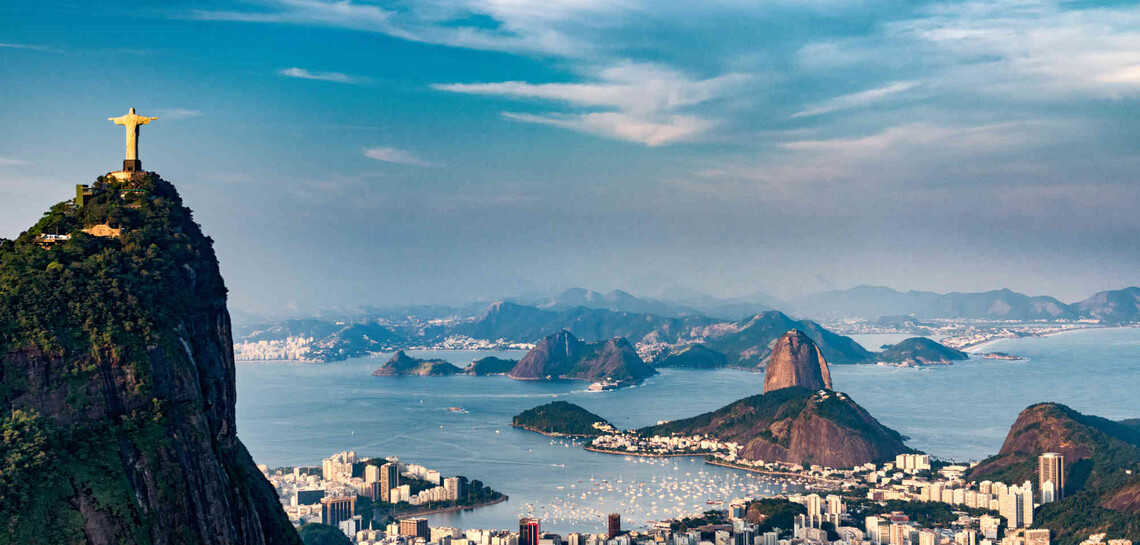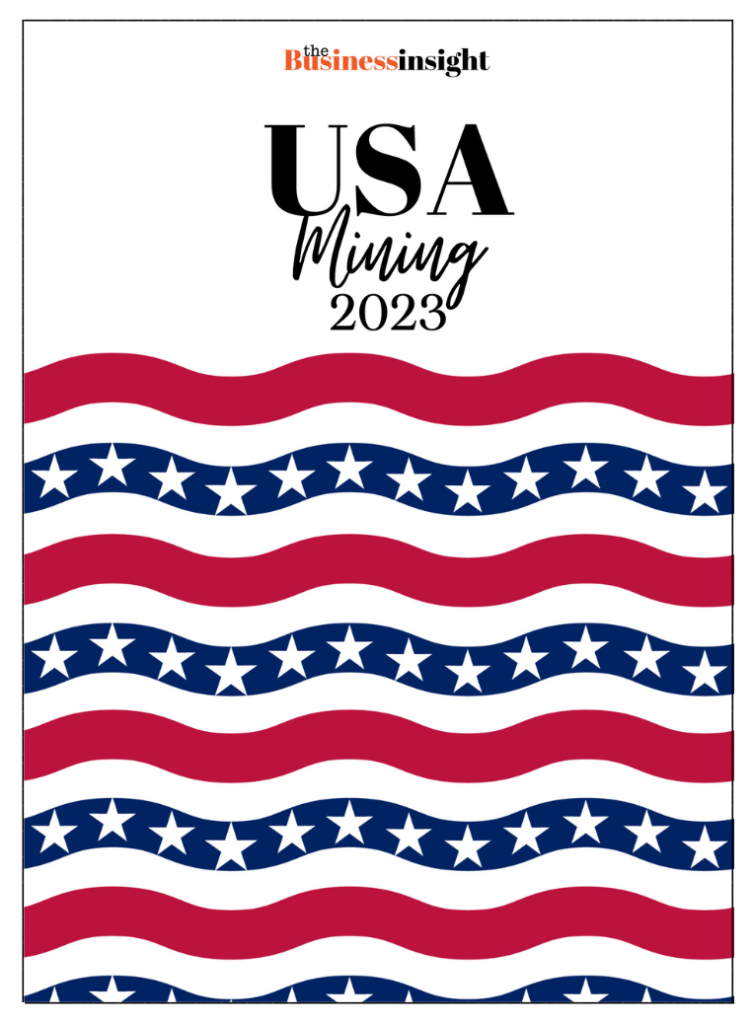Boosting Competitiveness in Brazil's Chemical Industry
- Brazil | 3 November 2018

Between 2011 and 2017, Brazil experienced a significant decline in its GDP, losing 21% of its value in US dollar terms. Although there were mild signs of recovery in 2017 after two years of a severe recession, the growth was still below expectations. The GDP grew by only 1% last year, and the Brazilian government’s forecast for 2018 is a disappointing 1.6%. In contrast, the GDP contracted by 3.5% in 2015 and an additional 3.6% in 2016, according to data from the International Monetary Fund.
Despite these challenges, Brazil remains Latin America’s largest economy with a population of 207 million people and significant potential for healthy growth rates. Fernando Figueiredo, CEO of the Brazilian Chemical Industry Association (Abiquim), expresses his disappointment in the slow economic recovery. He believes that growing by just 1% is a failure for a country that has the potential to achieve annual growth rates between 3% and 5%.
The chemical industry in Brazil faces its own set of obstacles. Abiquim reports that the industry has 21% idle capacity, and 38% of the demand for chemical products in the country is met through imports. Additionally, Brazil’s chemical industry trade deficit has grown significantly from US$1.5 billion in 1991 to US$23.2 billion in 2017. Figueiredo identifies high feedstock costs, expensive energy prices, infrastructure bottlenecks, and high interest rates as the root causes preventing further investment in the country. He emphasizes that improving the cost of energy or feedstock alone will not attract new investors if interest rates remain high.
While Brazil continues to recover from the effects of the recession, the increased oil prices and advancements in technology present an opportunity for the development of upstream hydrocarbon resources in the country’s pre-salt reserves. However, this improvement in feedstock availability is not expected to lead to significant expansion in petrochemical capacity in the near future. Rina Quijada, Vice President of Latin America at IHS Markit, predicts that while there may be expansions and increased supply of unconventional raw materials in the Mercosur region, it is unlikely that Brazil or Argentina will have a greenfield facility with a capacity exceeding one million tonnes of ethylene and derivatives by 2022.
Figueiredo believes that Brazil has the potential to produce around 5 million barrels of oil per day by 2030 and become self-sufficient in gas as early as 2022. However, the challenge lies in leveraging these oil and gas resources to develop the local industry, generate added value, and create jobs.
In addition to the uncertainties surrounding economic and industrial recovery, Brazil held its presidential election in 2018, resulting in the election of Jair Bolsonaro as the country’s 38th president. While Bolsonaro’s far-right views on various matters raised concerns among the international community, his election was well-received by the markets. Industry leaders now expect the new administration to collaborate with the industry to promote growth and value creation, bringing a sense of optimism amid the challenges faced by Brazil’s chemical industry.








